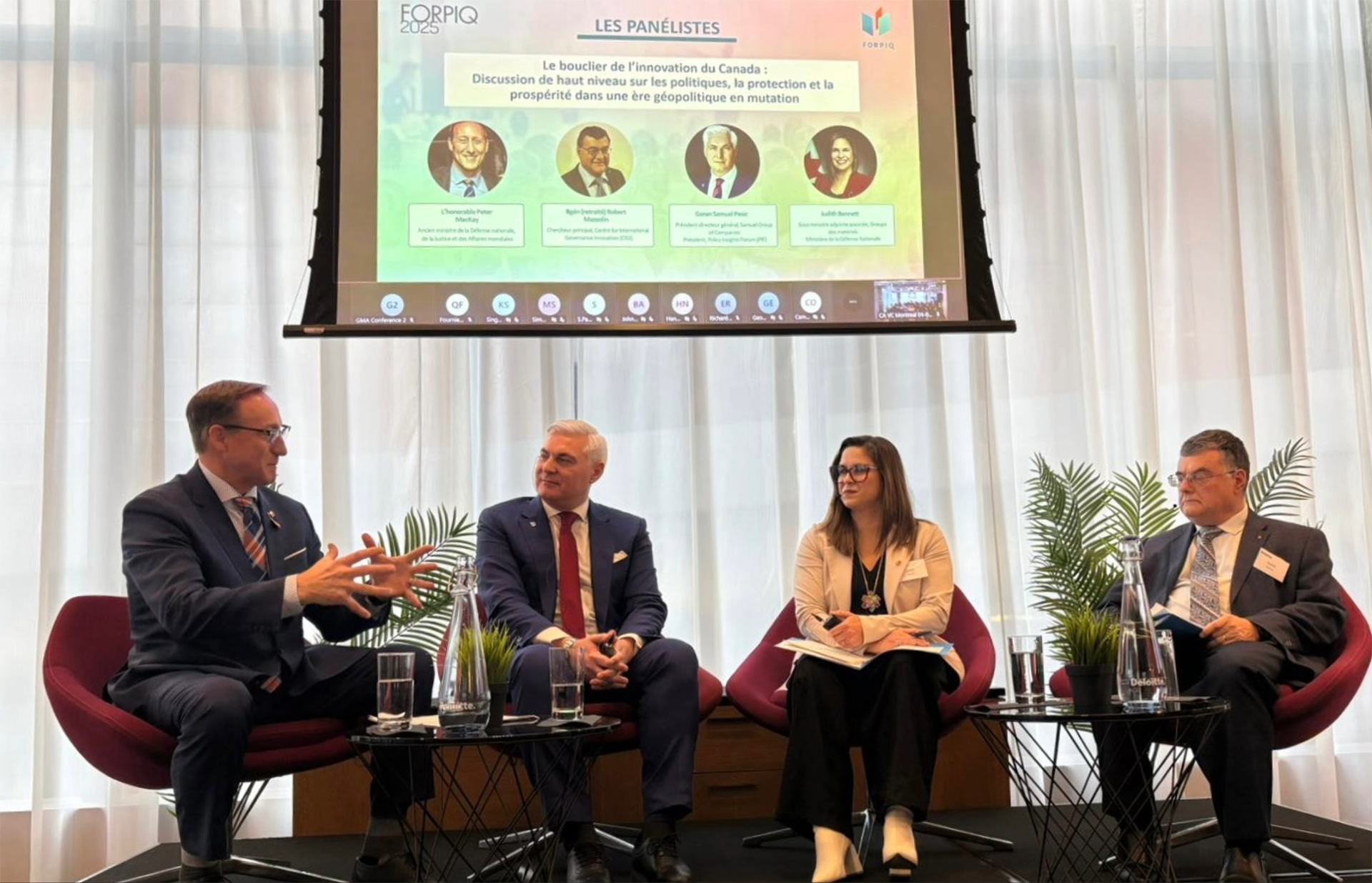Government Relations: Succeeding with the ATTIC Model


%4010x.png)
Digital Marketing & Communications Specialist
Samuel Associates Inc.
Government relations and public affairs can often seem daunting and complex. However, government relations is more of a science than an art when it comes to influencing decision-makers. The truth of the matter is that government relations relies on a deep understanding of business frameworks and the execution of a strategy to achieve a particular outcome.
Successful government relation firms utilize a variety of approaches aimed at influencing members of the government and public policy to achieve a specific set of objectives for a client. This may include arranging meetings, developing briefing notes, contact plans and company overview presentations to highlight a client's issue, request or business offering.
To better frame this process, we at Samuel Associates use the “ATTIC” model (or framework). ATTIC stands for:
These elements form one of the core systems of our government relations and public affairs strategies. The framework helps to guide our clients through the seemingly complex maze of government departments, agencies, and Crown corporations.
Agent of Influence
The Agent of influence is an individual who is hired to communicate on behalf of a client, often a professional lobbyist with a keen understanding of government processes. They may also be anyone who, in the course of their work for a client, communicates with or arranges meetings with a public office holder.
The Office of the Commissioner of Lobbying of Canada further defines the role of a Consultant Lobbyist here.
The Agent is ultimately responsible for the management and successful execution of a full government relations campaign. For a campaign to achieve its objectives, selecting the right Agent is essential. In general, an Agent is someone who can exercise diplomacy and political acumen within a network of relevant relationships. These relationships are intended to focus on the right target audience.
Targets
Moving from the Agent, successful identification and verification of the key Target or Targets becomes imperative. Typically, an Agent's Target is someone who has decision making authority or exercises influence in the decision-making process. According to the Office of the Commissioner of Lobbying, a Designated Public Office Holder includes “ministers, ministerial staff, deputy ministers and chief executives of departments and agencies, officials in departments and agencies at the rank of associate deputy minister and assistant deputy minister, as well as those occupying positions of comparable rank”.
Once a Target has been identified, this individual will be added to a contact plan. A basic contact plan includes a person’s name, position, role and area of responsibility within a particular government department or agency. The idea is to tailor the client’s communications so that the information received is relevant to the Target's position or rank, as well as the organization's mandate.
%4010x.png)
%4010x.png)





